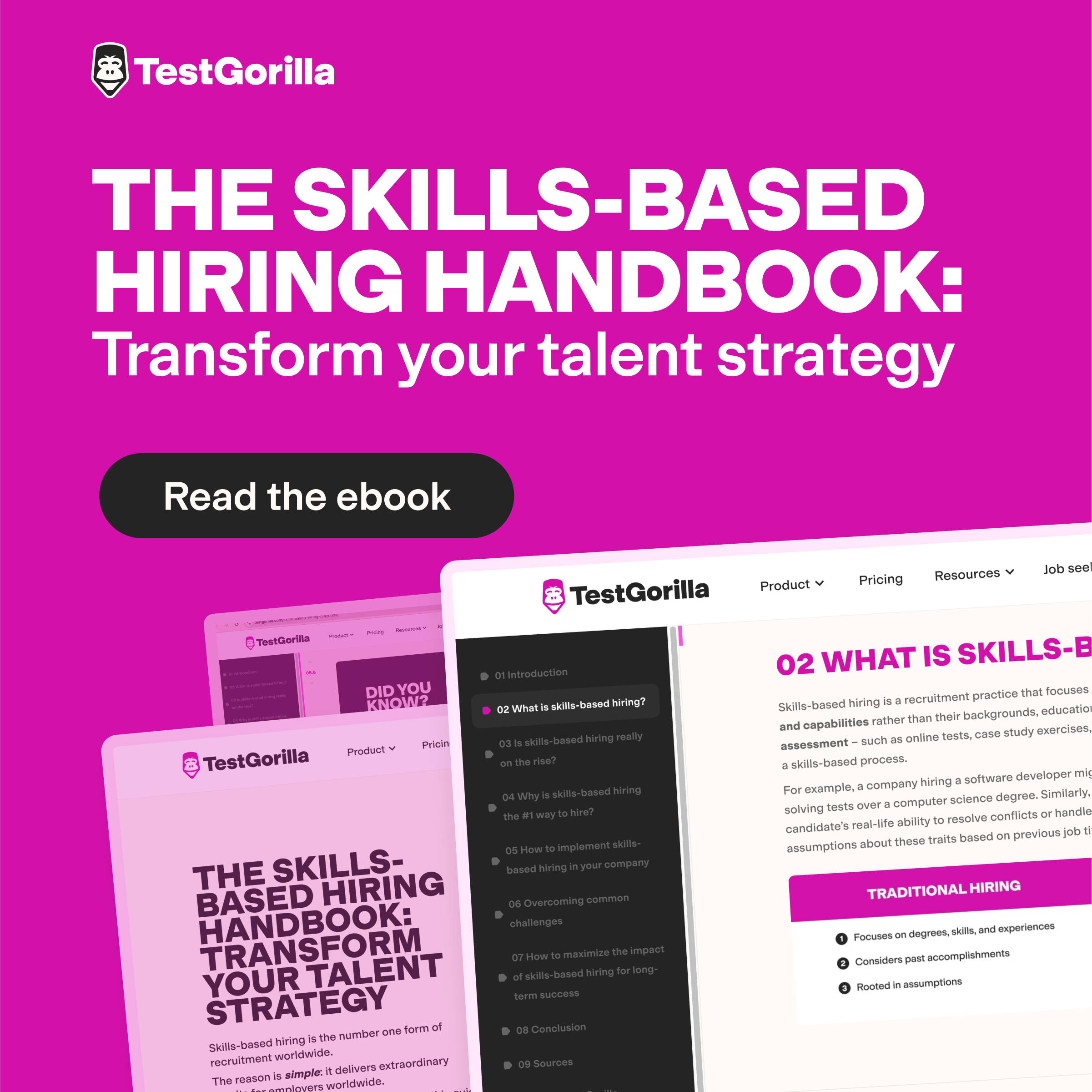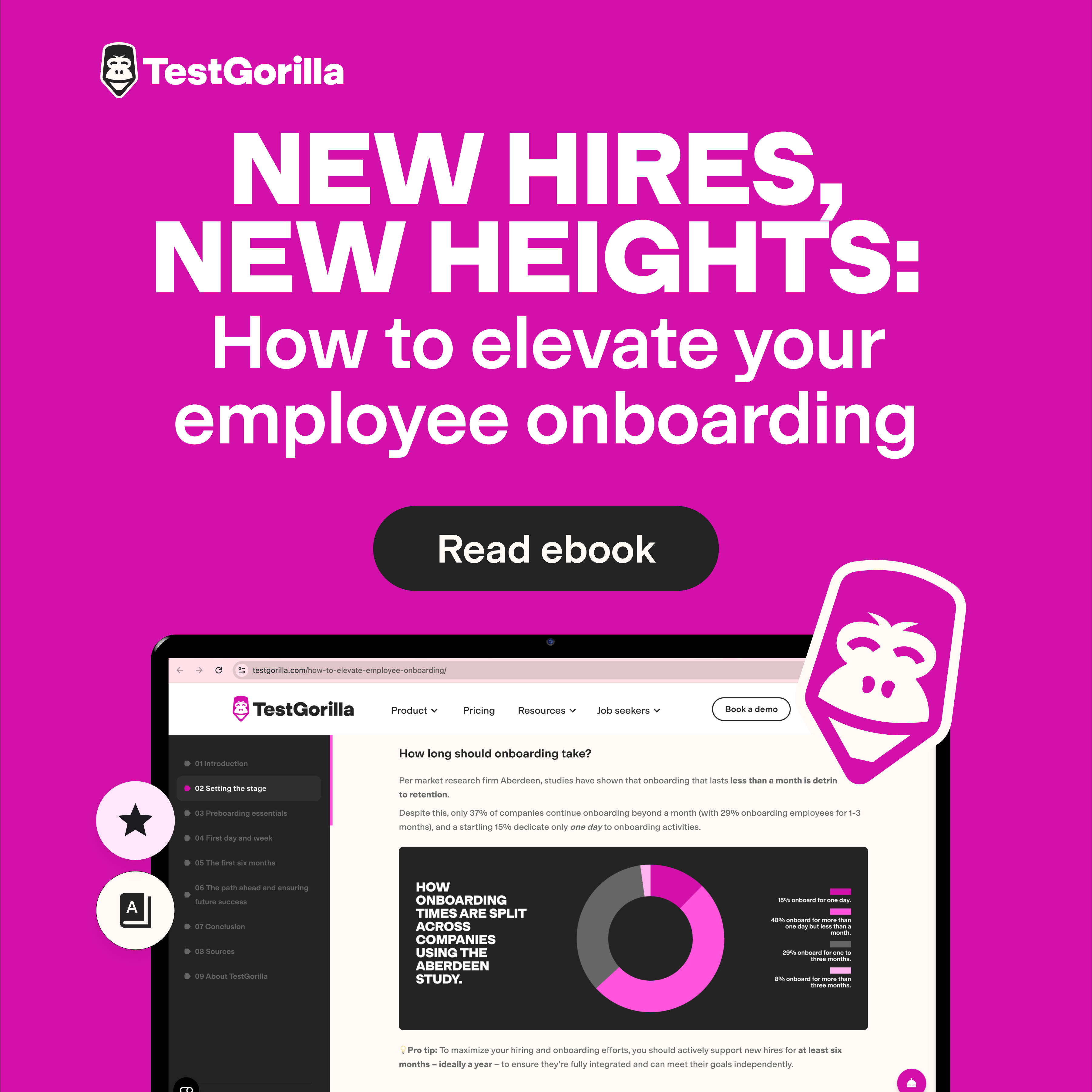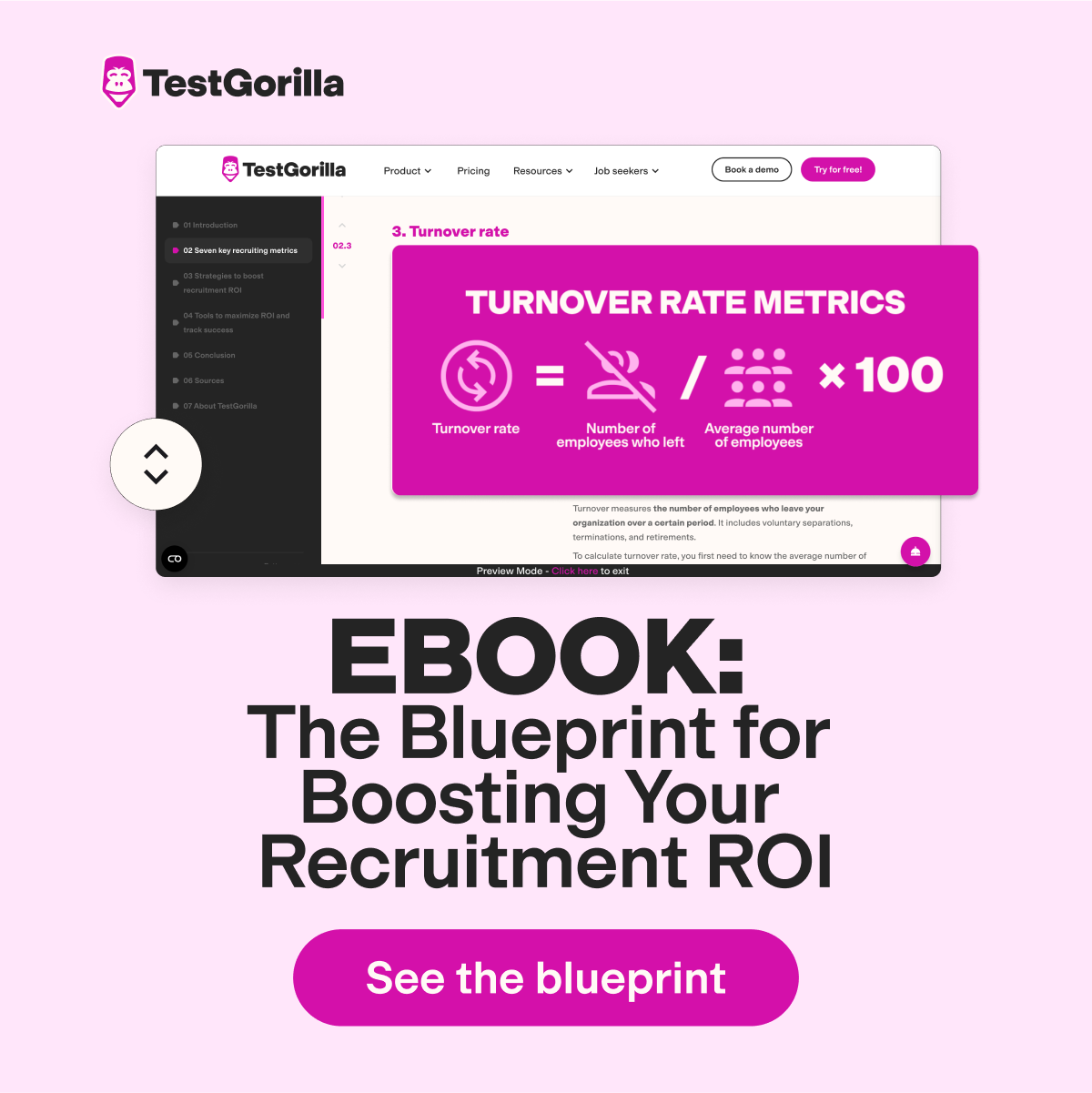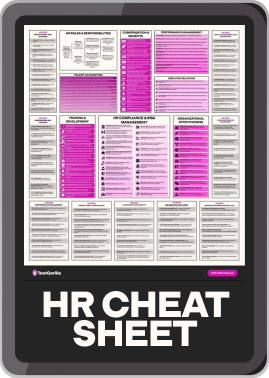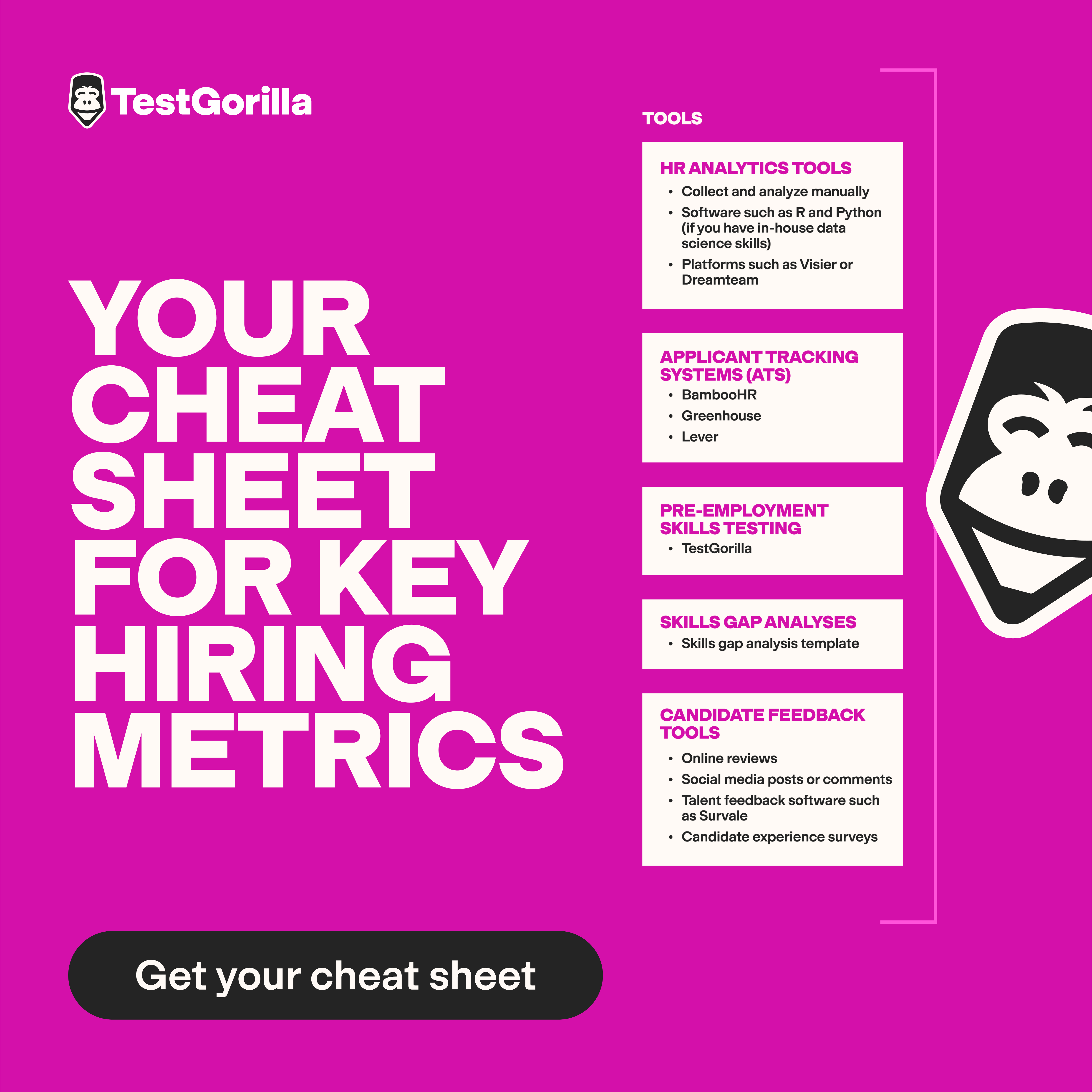Workplace well-being expert Kirsty Birch says companies should have well-being as a KPI
Most businesses only chase key performance indicators (KPIs) like growth, revenue, and customer retention. In the relentless pursuit of these goals, they become obsessed with the numbers. This often comes at the cost of their employees’ well-being, resulting in underperformance, retention issues, and reputational damage.
Hitting business goals while nurturing your employees might seem like a stretch. But Kirsty Birch, a seasoned workplace well-being trainer (and an experienced accountant, to boot), says not only that it’s possible but also that well-being itself can and should be a business KPI.
Known for her no-nonsense, no-fluff approach, Birch helps companies realize the financial benefits of a human-centric approach, and I was lucky enough to get her top insights in a recent interview. Read on to explore why businesses should have well-being as a KPI.
The burnout emergency is an ROI problem
Burnout is becoming more common: A 2024 Deloitte report found that 63% of respondents were experiencing at least one characteristic of burnout, an increase from 51% in 2021. In Kirsty’s eyes, this constitutes an emergency – for individuals and employers.
Kirsty was an accountant for 20 years before turning her sights on workplace well-being. “What makes me different in this space is that I’m not afraid to talk about ROI. I bring the stats, the facts, and the reality—because that’s what businesses listen to. But I also push for a human-centered approach. It’s not about ditching KPIs, it’s about understanding that wellbeing drives them. If you look after your people, productivity naturally follows. It’s all connected—but sometimes, you’ve got to spell it out.”
She emphasizes that, while numbers are key, there often is a bigger picture: “The stats are just what’s been recorded. Take the fact that one in four people struggle with their mental health. I think if you look around today and ask four people you know if they’ve experienced stress, they’d all put their hands up. Stress is a mental health struggle, so I’m convinced a lot of these numbers are, in reality, higher than we think.”
“A lot of people are worried, especially in this climate, about their jobs. So they're doing way more just to make sure that they're retaining their income,” Kirsty adds. A Deloitte survey backs this up: Millennial and Gen Z employees list the cost of living as their biggest concern, and over half live paycheck to paycheck.
Flexible work might also have a role to play. As Kirsty explains, “Once you feel disconnected, you probably are more likely to start feeling burnt out… We’re still not used to less social interaction, and it can make things hard, especially if you’re taking on too much without delegating.”
… and it’s driving retention issues
Over half of HR professionals say retention is the most pressing challenge employers face today. According to recent research, these turnover issues can be chalked up to issues like inadequate pay and benefits, overworking, and limited career advancement.
But turnover is also directly connected to well-being. “Even if you can't give your employees a bigger pay package, ask, ‘Okay, what can we do to help our staff and make them want to work here and be our biggest ambassadors? Let's look after them, treat them fairly, and support them in the right way,’” Kirsty says. “It's not hard, is it, it’s not rocket science?"
Well-being KPIs are part of the solution
"I've never heard anyone suggest a KPI for well-being."
"That's because you've not spoken to an accountant who does well-being yet, mate. "
Kirsty told me she sees well-being KPIs as part of the solution to rising burnout and stress. “There’s a lot of talk about mental health and I think it’s great. The more we encourage it, the easier the conversations get. But I look at the whole issue and think: What if we had well-being as a KPI? What if we actually look at it as a metric that appears alongside your revenue-related KPIs?”
She continues, “When you set it as a KPI, you create an environment where people feel safe to talk about their mental health and well-being. Because they know you care about it. They stop feeling like productivity and well-being are in opposition.”
In times past, this would be out of the question. But with conversations about mental health becoming more common and an increasing consensus that well-being is worth investing in, people are open to it. “I’m 40 now and when I was younger and you spoke about mental health, people thought you just meant people who are in psychiatric institutions. It was very medicalized, it was people with serious diagnoses who couldn’t work or needed support to survive. But now, we understand that poor mental health is just everyday stuff. Everyone needs to take care of their mental health, the same way they do with their physical health.”
The best insights on HR and recruitment, delivered to your inbox.
Biweekly updates. No spam. Unsubscribe any time.
5 reasons to have a well-being KPI
So, how do we move businesses from viewing well-being as fluff to making it a real priority – all while meeting business targets? Here are five reasons to have a well-being KPI.
1. It’s an investment for your bottom line
In business, metrics like revenue, profit margins, and return on investments (ROIs) drive decisions. Traditionally, this has overshadowed less tangible factors like employee well-being. But what if stakeholders could view well-being as equally important?
“When I tell employers that if they invest this much with me, they’ll get this much ROI, they start sitting up,” says Kirsty. “Whether that’s for the right reasons or the wrong reasons, you have to frame it as a bottom line figure improvement. They’re a business at the end of the day – they’ve got to see it as a good investment.”
Plenty of research shows that employee well-being is linked to less burnout, lower turnover, and better productivity. But if this isn’t enough, research by Oxford professor Jan-Emmanuel De Neve indicates a strong relationship between well-being investments and company value and profitability. Remarkably, companies with higher well-being scores perform better in the stock market.
Making well-being a KPI could profoundly impact how businesses – particularly quant-minded leaders – view this topic and how much they invest in it.
2. You can't rely on only self-assessments
Why do you need an objective well-being KPI when you could just ask employees how they’re feeling through surveys and 1:1s or looking at industry stats?
As Kirsty mentions, people often don’t know they’re struggling or don’t want to openly admit to it due to the social stigma attached to mental health. As a result, issues are often underreported – meaning formal reporting mechanisms and well-being statistics might not tell us the whole story. “This can be especially true for men in certain industries,” she says. “I used to work in construction, and it’s a thing there – people in construction, and especially men, don’t talk openly.”
Kirsty highlights that, even on employee engagement forms, people often hesitate to be open and honest. They fear being judged or targeted – or don’t believe their feedback will lead to meaningful change. “I work with people who send out employee engagement forms and get all this feedback, then they don’t do anything with it,” she says. “That has a knock-on effect: People aren’t going to tell you things when they feel like nothing will be done.”
3. Employees can see through lip-service
A Harvard Business Review article recently highlighted the issue of “care washing” – implementing superficial wellness initiatives that don’t address real problems and that employees don’t believe in.
The article cited an example of an employee who experienced excessive stress due to a demanding workload. Access to a company-sponsored mindfulness app wouldn’t improve the situation – a more manageable workload would.
Hollow efforts like these can seriously backfire, causing employees to feel even more disengaged and in poorer mental health. As Kirsty says, ”Tick-box stuff doesn’t cut it. Don’t stick a fruit bowl in front of me and call it wellbeing. If your team’s genuinely asking for healthier food options, great—listen to them. But most of these surface-level fixes don’t actually do anything. It’s not meaningful, and it’s not helping.”
“Another example is when companies do something for Mental Health Awareness week, then ignore mental health the rest of the year. People don't see any purpose in it because they can see very clearly through it. If I can see it and you can see it, it’s going to be transparent to your team."
In contrast, implementing a well-being KPI – and announcing it company-wide – demonstrates that wellness is a genuine, long-term priority at your organization. It builds credibility and encourages workers to speak more openly about their mental and physical health challenges.
4. Laws around mental health and well-being are growing
Most countries have strict laws protecting workers’ physical health and safety in the workplace, such as the Occupational Safety and Health Administration (OSHA) in the US. As we look to the future, it’s clear that regulations surrounding mental health and workplace well-being are growing.
For example:
In 2024, amendments to the US Mental Health Parity and Addiction Equity Act (MHPAEA) pushed for health plans and insurance companies to cover mental health and substance use disorders in the same way they do medical and surgical benefits. The Department of Employee Benefits Security Administration is also taking steps to enforce this law and ensure workers have access to mental health and substance abuse treatments.
In the UK, the Equality Act 2010 already prohibits discrimination based on protected characteristics, including mental health conditions and disabilities. More recently, the UK introduced a Mental Health First Aid bill to standardize mental health first aid in workplaces by training staff to recognize signs of mental distress and provide appropriate guidance.
These changing laws indicate that well-being is no longer a nice-to-have but is a regulatory requirement with implications for non-compliance. A well-being KPI can help organizations proactively align themselves with new legal standards.
“There’s a lot happening around mental health legislation right now—more people are being trained as Mental Health First Aiders, and it’s slowly making its way into law,” says Kirsty. “But let’s be honest—having a few Mental Health First Aiders in your workplace doesn’t mean the job’s done. It’s a start, but it’s not prevention, it’s not culture change, and it’s not enough.”
“That’s exactly why I launched the #JustHaveAConversation petition—to push for proactive, preventative mental health training to become a legal requirement in every UK workplace. Because conversations save lives, and prevention is always better than crisis control.”
5. You must be preventative, not reactive
Finally, Kirsty emphasizes why it’s so important to address issues like burnout before they escalate to more significant health crises: “If you’ve got a lot of long-term sick leave in your team, you’ll notice a lot of people are going off from work with burnout. There’s got to be some kind of wakeup call there where you think, ‘Okay, what lessons can we learn from this so we can prevent this from happening moving forward?’”
A well-being KPI enables companies to gather and analyze data regarding employee health, engagement, and satisfaction so they can spot early signs of stress and burnout and act fast. “A crisis is really hard to come back from,” Kirsty says. “When you move forward with preventative measures, it’s actually a lot easier in the long term.”
How to implement well-being as a KPI
Below, I’ve turned Kirsty’s insights into a step-by-step guide to integrating a well-being KPI into your company’s broader goals.
6 steps for implementing a well-being KPI
1. Identify key well-being domains
Conduct surveys and focus groups to learn which well-being areas are most relevant to your team members. For instance, companies in high-earning locales might focus on financial well-being, remote-first firms might prioritize social well-being, and other industries could need more physical well-being.
2. Define methods and metrics
Work with HR and data analysts to identify measurable metrics for each well-being domain – for example, engagement surveys for job and career satisfaction, health insurance usage rates for physical well-being, and grievance cases to learn about manager-employee or coworker conflicts.
3. Set baselines and targets
Collect initial data to establish a baseline for each well-being domain (e.g., satisfaction and engagement). Then, based on industry benchmarks, regulations, or internal goals, you can set realistic targets and track progress over time.
4. Decide what your KPI looks like
Work with your data analysts to decide whether you want to create a single well-being KPI score that accounts for all the domains – for example, with weighted averages – or have separate KPIs for each.
5. Integrate into business operations
To reinforce its importance, ensure your well-being KPI is part of broader business goals and discussed regularly at management reviews, board meetings, etc.
6. Communicate results
Update employees and leaders with the progress being made and steps being taken to improve employee well-being.
Will you make well-being a KPI?
Workplace well-being is more important than ever, but many companies still overlook it in favor of more tangible areas like profit, revenue, etc. Doing so costs them top talent, disrupts productivity, and undermines their value. Luckily, people like Kirsty Birch are working hard to turn the tide.
“People don’t expect you to save them. It’s just about being a decent human and actually giving a sh**, and just saying, ‘Listen, are you okay? Is there any way I can support you? If you’re feeling under pressure, what can I do to help you? Can we delegate to someone?’” she says.
“Get the feedback from your people, actually listen, and then act. Act on their guidance, don’t guess – it will take you longer to solve any well-being issues and will cost you a lot more money.”
What do you think? Will you make well-being a KPI? For more information on Kirsty’s work, visit her LinkedIn page and the WORK IT WELL website.
You've scrolled this far
Why not try TestGorilla for free, and see what happens when you put skills first.









